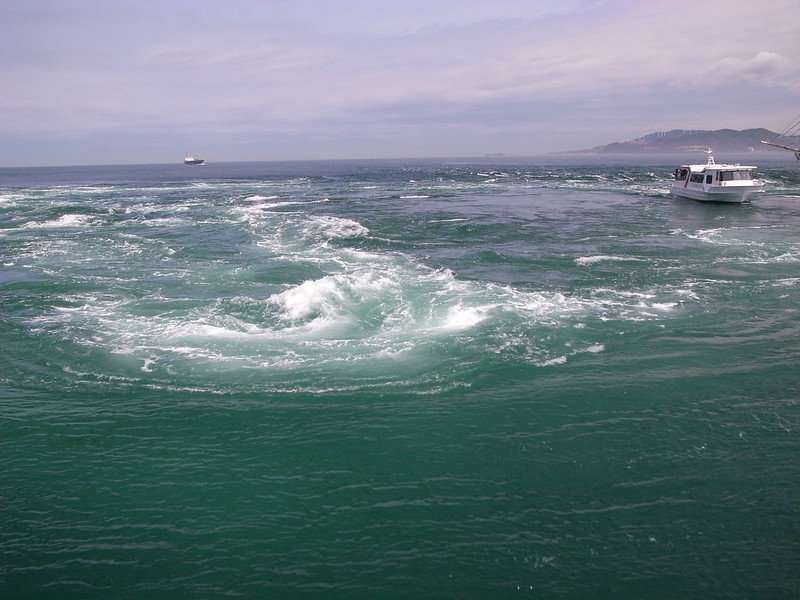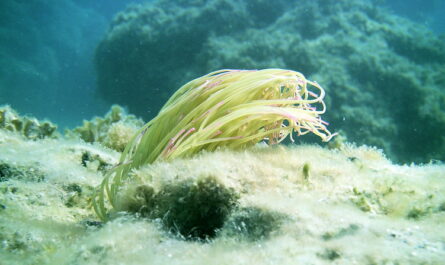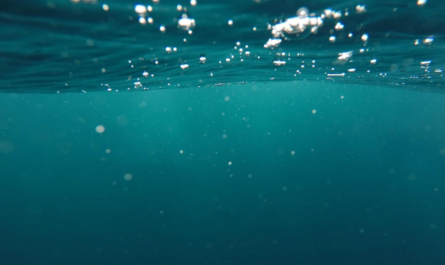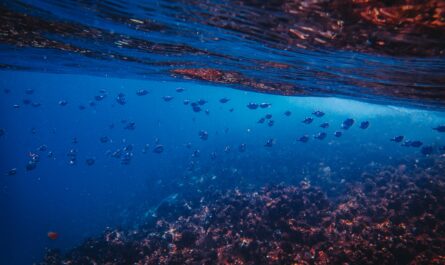The North Atlantic Drift, a continuation of the Gulf Stream, is one of the most significant ocean currents in the world. This powerful current flows northeastward across the Atlantic Ocean, influencing the climate, weather patterns, and marine ecosystems of Europe and beyond. Often referred to as the lifeline of Europe, the North Atlantic Drift plays a pivotal role in moderating temperatures, supporting biodiversity, and driving economic activities tied to fisheries and tourism.
This article delves into the North Atlantic Drift’s origins, its impact on Europe’s weather and ecosystems, and the growing challenges it faces due to climate change.
Understanding the North Atlantic Drift
The North Atlantic Drift is a warm ocean current that originates from the Gulf Stream in the western Atlantic. It flows across the North Atlantic, driven by the Earth’s rotation and prevailing wind systems, eventually splitting into several smaller currents near the coasts of Europe.
Key Characteristics
- Temperature: The current carries warm water from the tropics to the cooler northern latitudes, significantly influencing the climate of Western Europe.
- Flow Rate: The North Atlantic Drift transports a massive volume of water—about 20 million cubic meters per second—making it one of the strongest ocean currents.
- Extension: After crossing the Atlantic, the current branches into the Norwegian Current and other smaller currents, extending its influence to the Arctic Ocean.
The Impact on European Weather
One of the most notable effects of the North Atlantic Drift is its impact on Europe’s climate and weather patterns. Without this current, much of Western Europe would experience harsher winters and less hospitable conditions.
1. Climate Moderation
The North Atlantic Drift brings warm water and air to Western Europe, moderating the region’s climate. Countries like the United Kingdom, France, and Germany benefit from milder winters compared to other regions at similar latitudes, such as Canada or Russia.
- Temperate Winters: The current keeps European coastal regions free of ice, even during harsh winters.
- Increased Precipitation: Warm air associated with the current leads to higher moisture levels, resulting in more rainfall, particularly in coastal areas.
2. Influence on Weather Patterns
The current interacts with atmospheric systems, such as the North Atlantic Oscillation (NAO), to shape weather conditions across Europe. The NAO’s positive or negative phases influence storm tracks, precipitation levels, and temperature variations.
- Storm Activity: The interaction of the warm current with cooler air masses can intensify storm systems, leading to frequent cyclones over the North Atlantic.
- Agricultural Impacts: The weather patterns influenced by the current are crucial for agriculture, supporting crop growth in regions that rely on consistent rainfall and moderate temperatures.
Supporting Marine Ecosystems
The North Atlantic Drift is not just a climatic phenomenon; it is also a key driver of marine biodiversity and ecosystem productivity in the Atlantic Ocean and along Europe’s coasts.
1. Nutrient Distribution
As the current flows, it facilitates the upwelling of nutrient-rich waters from the ocean depths, particularly in areas where it meets colder currents. These nutrients support the growth of phytoplankton, the foundation of the marine food web.
- Primary Productivity: Phytoplankton blooms sustained by the current provide food for small fish, crustaceans, and other marine organisms.
- Fisheries: Many commercially valuable fish species, such as herring, mackerel, and cod, thrive in regions influenced by the North Atlantic Drift.
2. Habitat for Marine Species
The current creates a hospitable environment for a wide range of marine species, from plankton to large mammals like whales. It also supports migratory species that rely on stable water temperatures and abundant food supplies.
- Whale Migration: Humpback and fin whales follow the current during their seasonal migrations, taking advantage of the rich feeding grounds it creates.
- Birdlife: Seabirds, such as puffins and gannets, depend on fish populations supported by the current for survival.
3. Arctic and Sub-Arctic Ecosystems
As the current flows toward the Arctic, it influences ecosystems at the northern edges of the Atlantic. By moderating temperatures and supporting nutrient flows, the North Atlantic Drift contributes to the productivity of Arctic and sub-Arctic waters.
Challenges and Threats to the North Atlantic Drift
While the North Atlantic Drift is a natural phenomenon, it is increasingly affected by human-induced climate change. Alterations to this current could have far-reaching consequences for Europe and the global climate system.
1. Melting Ice and Freshwater Input
The melting of polar ice caps and glaciers due to rising global temperatures is adding freshwater to the North Atlantic. This influx of freshwater reduces the salinity and density of seawater, potentially disrupting the thermohaline circulation that drives the North Atlantic Drift.
- Weakened Current: A slowdown in the current would lead to less heat being transported to Europe, resulting in colder winters and reduced rainfall.
- Global Implications: Changes to the current could also affect weather patterns and ecosystems across the Atlantic and beyond.
2. Ocean Warming
Rising ocean temperatures may alter the dynamics of the North Atlantic Drift, affecting its strength and flow patterns.
- Marine Ecosystem Disruption: Warmer waters could drive species migration, impacting fisheries and biodiversity.
- Storm Intensification: Warmer water provides more energy for storm systems, potentially leading to more frequent and severe storms in the region.
3. Pollution and Overfishing
Human activities such as pollution and overfishing add stress to the ecosystems supported by the North Atlantic Drift. Plastic pollution, in particular, has become a major threat to marine life.
Conservation and Future Outlook
Efforts to protect the North Atlantic Drift and its associated ecosystems are essential to mitigating climate change impacts and preserving marine biodiversity.
1. Monitoring and Research
Ongoing scientific studies aim to better understand the dynamics of the North Atlantic Drift and predict how it may respond to climate change. Technologies like satellite observation and oceanographic surveys provide critical data on current strength, temperature, and salinity.
2. Marine Protected Areas (MPAs)
Designating MPAs along the current’s path can help protect critical habitats and species. These areas limit harmful activities like overfishing and industrial pollution, ensuring the sustainability of marine ecosystems.
3. Global Climate Action
Addressing climate change at a global level is key to safeguarding the North Atlantic Drift. Reducing greenhouse gas emissions, transitioning to renewable energy, and protecting polar ice caps are vital strategies to ensure the current’s stability.
4. Sustainable Fisheries Management
Implementing quotas and sustainable fishing practices can reduce pressure on fish populations that rely on the North Atlantic Drift for survival.
Conclusion: A Lifeline Worth Protecting
The North Atlantic Drift is a vital force that shapes Europe’s climate, supports marine biodiversity, and drives economic activities dependent on healthy ecosystems. Its influence extends far beyond the ocean, affecting agriculture, energy systems, and human communities across the Atlantic.
However, the current’s stability is under threat from climate change and human activity. Protecting this lifeline requires immediate action to reduce emissions, promote sustainable practices, and conserve marine ecosystems. By safeguarding the North Atlantic Drift, we ensure not only the health of our oceans but also the resilience of life on both sides of the Atlantic.



